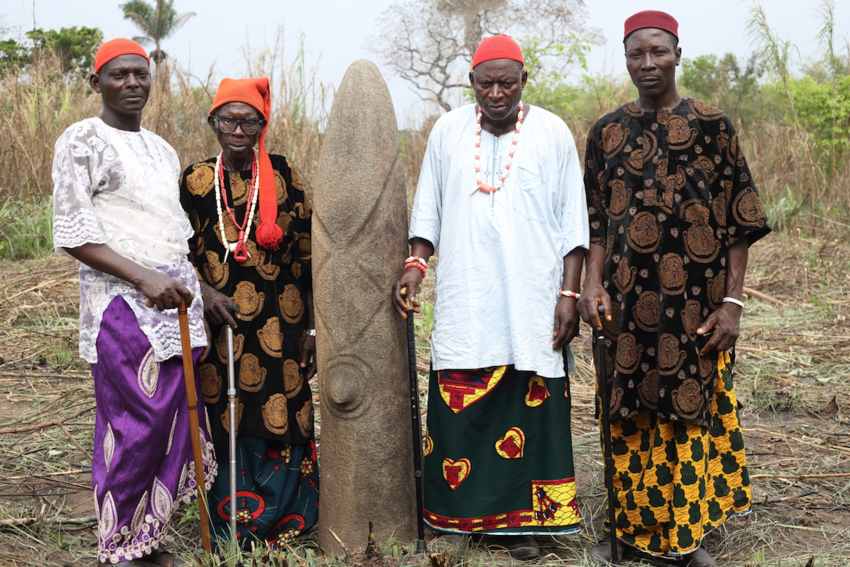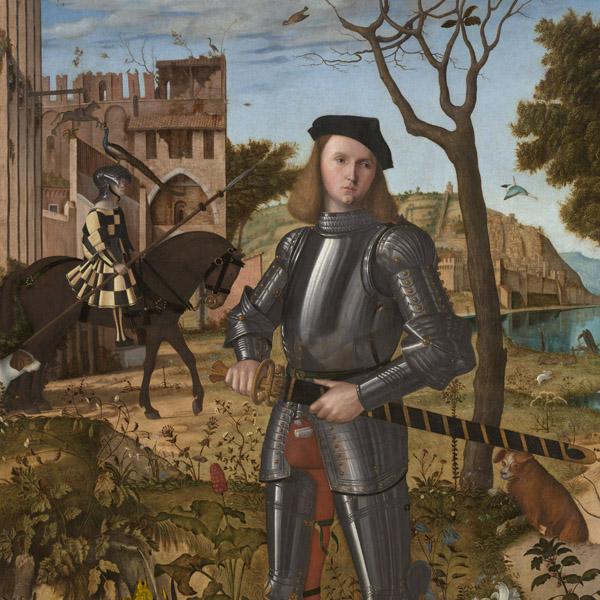
Philip Allison’s Cross River Monoliths, the first survey of the monoliths
The project has generously been supported by the Carène Foundation, the United States Ambassador’s Fund for Cultural Preservation (USAFCP), and Jim and Paula Crown. The project has been featured in exhibitions at The British Museum and the Nigerian National Museum; and in The Bakor Monoliths: Preserving Ancestral Stones in South-Eastern Nigeria (2022), the first study on the monoliths published since Philip Allison’s pioneering book, Cross River Monoliths (1968).
Also known as the ‘Cross-River’ or ‘Ikom’ monoliths, and locally referred to as ‘akwanshi’ or ‘atal’, the Bakor monoliths take their name from a group of linguistically and ethnically related communities (‘clans’) in an area of approximately 350 square miles in the Middle Cross River region in which they are exclusively found. The monoliths are primarily basalt or limestone that has been naturally shaped in nearby riverbeds and range from 20 cm up to 3m in size. The natural forms of the rock are embellished by carvings of facial features, beards, decorative markings, protruding navels, etc., which distinguish each as an ancestral clan leader.

Chiefs of Oyengi with the last remaining carved monolith © Ferdinand Saumarez Smith, 2018
In the course of four periods of fieldwork, approximately three-hundred monoliths have been documented in 2D (as well as some in 3D) and geo-located in thirty sites on the lands of the six subethnic groups that make up the Bakor Union; a resource that is essential for monitoring the sites and the monoliths and serves as a disincentive to looting, which has historically been one of the main challenges for the preservation of the monoliths. The next phase of on-site work will involve developing a model for preserving the monolith sites that can be applied across the region. Factum is also currently working with NCMM to submit the Bakor monolith sites to UNESCO for World Heritage site status, which is envisaged as attracting further support and funding for the preservation of these unique cultural objects.
In addition to the preservation work in Nigeria, the project has identified and 3D-scanned looted monoliths in international collections, including the Metropolitan Museum of Art, the Musée du Quai Branly, and the Chrysler Museum. This aspect of the project has led to the pioneering of new approaches to the restitution debate, using facsimiles to counter the zero-sum-game approach that tends to characterise the debate and to promote a model that emphasises sharing. In 2022, the monoliths in the Metropolitan and Quai Branly were sent to their original communities as facsimiles, and in 2023 the Chrysler Museum repatriated its original monolith and received a facsimile of it produced by Factum on behalf of NCMM.
The recording of the Nkrigom site © Luke Tchalenko for Factum Foundation
The recording of the Nkarasi site © Luke Tchalenko for Factum Foundation
Links:






